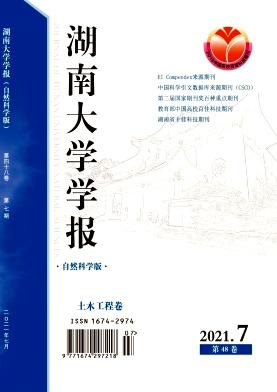Exploring Trigonometric Treasures: A Dynamic Approach to Teaching the Sine and Cosine Functions Using Realistic Mathematics Education and GeoGebra - A Case Study
引用次数: 0
Abstract
This study is situated within the framework of realistic mathematics education (RME) and presents a classroom proposal aimed at illuminating and modeling everyday periodic phenomena. Emphasis is placed on recognizing periodic functions as fundamental tools for characterizing the sine and cosine trigonometric functions. The investigation uses the concept of mathematization levels to delineate the transition from informal to formal knowledge through real-world problem-solving using the GeoGebra platform. This research was conducted with tenth-grade students at the San Vicente Educational Institution in the Buenaventura District. The outcomes reveal that students engaged in activities, and subsequent analyses demonstrate a nuanced understanding of periodic phenomena within realistic contexts. This comprehension encompasses proficiency in various representation systems, including tabular, graphical, and algebraic methods. Moreover, the process of progressing from informal to formal knowledge is marked by incremental levels of mathematization, encompassing both horizontal and vertical processes. The main focus of this research is to characterize the process of mathematization within a realistic context, particularly concerning the sine and cosine trigonometric functions, and evaluate the strengths and limitations of this approach. This study underscores the potential of RME for elucidating intricate mathematical modeling processes within real-world contexts. These insights underscore the value of integrating authentic scenarios to foster a comprehensive understanding of mathematical concepts. Challenges are also acknowledged, particularly in achieving the formalization of generalized models. Thus, this research contributes to discussions on effective mathematics education by showcasing the transformative potential of contextualized pedagogical strategies. Keywords: realistic mathematics education, trigonometric functions, levels of mathematization, context, levels of understanding. https://doi.org/10.55463/issn.1674-2974.50.7.24探索三角函数的宝藏:运用现实数学教育和地理代数的正弦余弦函数动态教学方法——以实例为例
本研究是在现实数学教育(RME)的框架下进行的,并提出了一个旨在启发和建模日常周期现象的课堂建议。重点放在认识周期函数作为表征正弦和余弦三角函数的基本工具。该调查使用数学水平的概念来描述通过使用GeoGebra平台解决现实世界问题从非正式知识到正式知识的过渡。这项研究是在布埃纳文图拉区圣维森特教育机构的十年级学生中进行的。结果表明,学生们参与了活动,随后的分析显示了对现实背景下周期性现象的细致入微的理解。这种理解包括对各种表示系统的熟练程度,包括表格,图形和代数方法。此外,从非正式知识到正式知识的进步过程以数学化的增量水平为标志,包括水平和垂直过程。本研究的主要重点是在现实背景下描述数学化的过程,特别是关于正弦和余弦三角函数,并评估这种方法的优势和局限性。这项研究强调了RME在现实环境中阐明复杂数学建模过程的潜力。这些见解强调了整合真实场景以培养对数学概念的全面理解的价值。挑战也被承认,特别是在实现一般化模型的形式化方面。因此,本研究通过展示情境化教学策略的变革潜力,有助于讨论有效的数学教育。关键词:现实数学教育,三角函数,数学化程度,语境,理解程度。https://doi.org/10.55463/issn.1674-2974.50.7.24
本文章由计算机程序翻译,如有差异,请以英文原文为准。
求助全文
约1分钟内获得全文
求助全文

 求助内容:
求助内容: 应助结果提醒方式:
应助结果提醒方式:


